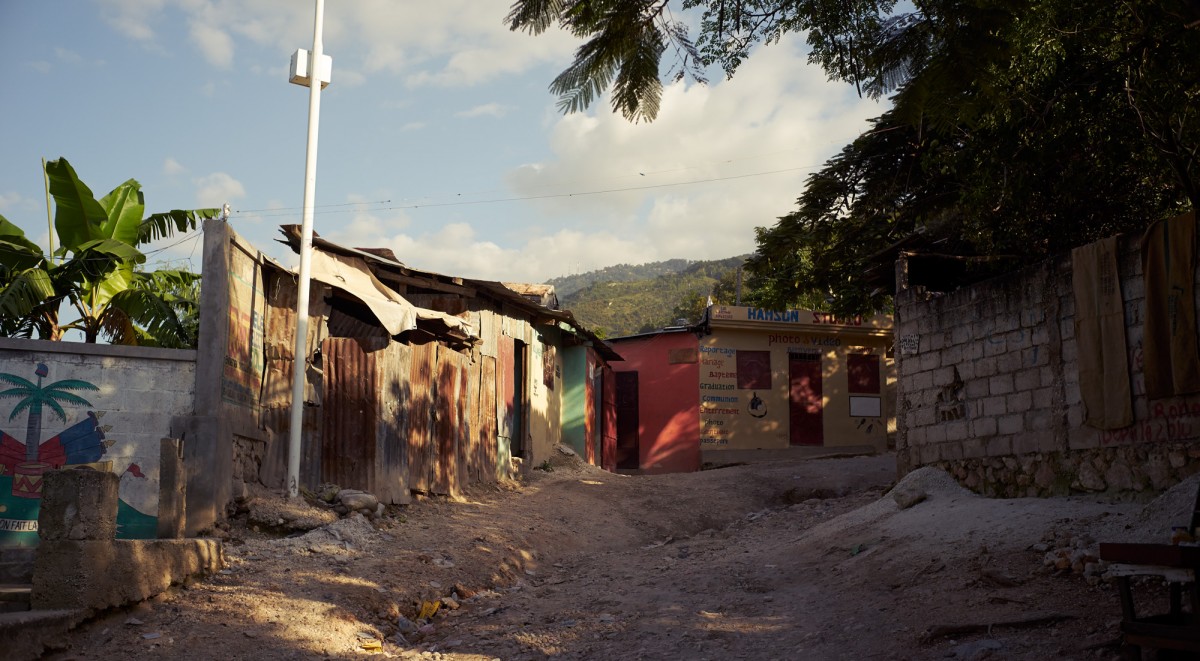
We have worked to create tech that’s durable that’s part of systems that work. That is easier said than done when the electricity goes out, there’s no water from the faucet, the roads are blocked. Our team has worked and has test and retested our systems for oxygen monitoring and tracking. We have also worked on ventilation and UV filtration of the air to reduce the risk of TB transmission. We have built our own ventilation device, with the leadership of Steven Marsh, with local parts that was able to work continuously to UV filter the often dusty post-quake air in order to reduce the chance of TB transmission in our ward.
We are working now to ensure that we are helping clinicians better and more quickly diagnose TB. We are working on designing and testing AI technology that takes into account the needs of clinicians and patients. The WHO now recommends AI technology for TB screening, allowing Xrays to be read even when there are no clinicians available to read films. Many technologies are built on datasets that are very different from the X-Rays we use. Their data is from older populations in Europe, North America, and Asia, where digital X-Rays are used and patients present more quickly to care and normally do not have history of past TB. Our patients have access more to plain films, are often young adults with very different TB presentations and sometimes have a history of past TB. These datasets are often healthy patients and those with TB, whereas we normally have been faced with sick patients with or without TB and want to ensure the technology is built to identify those with TB against a broad background of illness.
We hope this technology can better diagnose pulmonary TB, as well as classify different types of TB (miliary, pleural, cavitary) disease. This can help clinicians better provide care and ensure patients never leave, frustrated, and waiting for weeks for their diagnosis. To eliminate TB we need to be able to identify more cases and engage clinicians to ensure the infectious disease that still kills more people decade after decade than any other infection is not forgotten.
We want to make sure this technology which is often out of reach financially for TB clinics, as it costs thousands of dollars if not more. From the start we wish to ensure that local clinicians and patients have a say in the technology. We are working on developing open source code apps and are looking to test these on phones in Haiti to ensure the technology will be accessible. We have also worked to make sure the technology can do more for clinicians, as we work on building CT imaging from plain film using this technology. Our goal is to ensure this technology is built with to ensure Haitian patients, caregivers, and clinicians are part of the process from the start.
Our TB AI lead for Haiti is Kenny Moise who has been working tirelessly to make this reality.
